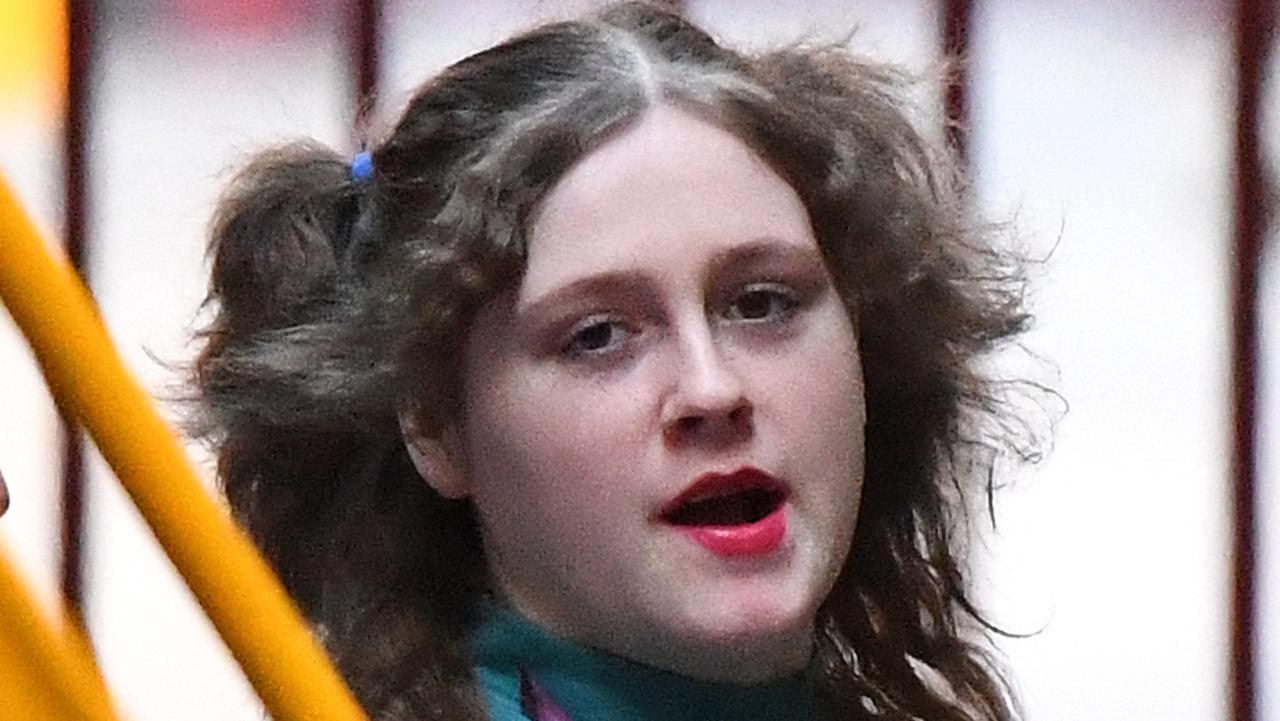John Bryan Kerr’s trial for Elizabeth Maureen Williams’ murder gripped Melbourne in the 1950s
“I SAW her lying down after I had her by the throat. I strangled her. She groaned while I was choking her.” So why didn’t smooth-talking announcer’s confession convince everybody?
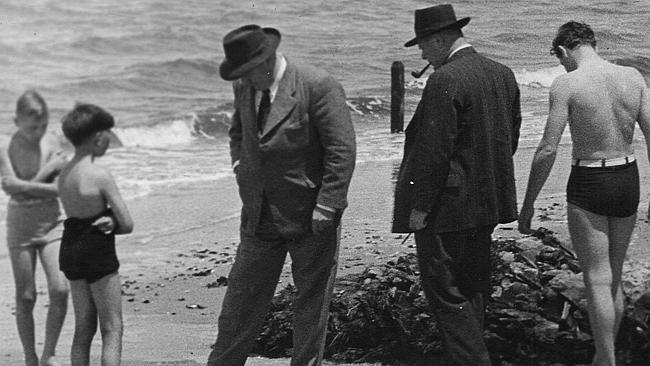
True Crime Scene
Don't miss out on the headlines from True Crime Scene. Followed categories will be added to My News.
“I remember her shoes lying there, one shoe was lying on the beach near her. I saw her lying down after I had her by the throat. I strangled her. She groaned while I was choking her.”
These chilling words formed part of 24-year-old Melbourne radio announcer John Bryan Kerr’s “confession” to the murder of 20-year-old typist Beth Williams in 1949.
But as author Gideon Haigh reveals in his new book Certain Admissions, which explores the courtroom drama, social history and validity of another man’s confession to the murder in 2012, the case against Kerr was entirely circumstantial.
Haigh says the case gripped Melbourne in the same way as the brutal murder of ABC employee Jill Meagher in a Brunswick laneway in 2012.
“Murderers tended to be confined to the poor and to the criminal classes, so when John Bryan Kerr stepped into the dock, 24-year-old Scotch College-educated, well spoken, well dressed, well connected, living in Washington Ave in Toorak next to Harold Holt, the sheer improbability of that ensured his celebrity,” Haigh says.
“It was also like all interesting crimes; a kind of aperture on the society in which it was committed.”
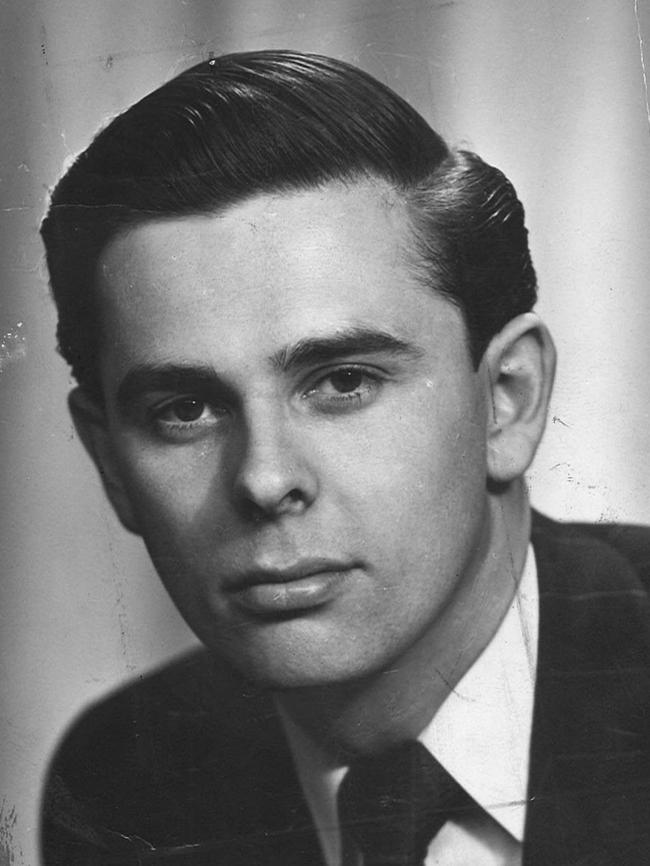
Ms Williams was found dead on the beach at Albert Park on December 28, 1949, her face and body bruised and her left breast injured.
Kerr met Ms Williams by chance under the clocks at Flinders St station that day and they went to Mario’s for dinner, a party in Malvern and then they parted ways at Albert Park beach.
Arresting officers Senior Detectives Frederick Adam and Cyril Currer were convinced Kerr was the killer and the “confession” was actually notes Adam took during a two-hour interview.
“He (Adam) was claiming it was a verbatim transcript of what Kerr told him,” Haigh says.
“It is only 700 words over the course of two hours, so it was obviously uttered very slowly and the defence did have a bit of sport with this in court.”
Kerr was tried three times before being convicted for murder. He was given the death penalty, but his sentence was commuted to 20 years incarceration.
“I can understand why the jury reached its various verdicts,” Haigh says.
“On the face of the facts that were presented, I can understand why the first two trials failed to reach a verdict and why the general slant was towards acquittal, but I can also understand once the psychiatric evidence was introduced at the third trial, it seemed to explain a lot of things. It was inherently persuasive.”
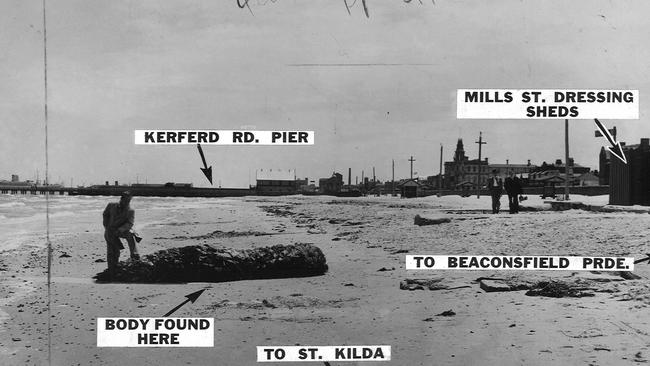
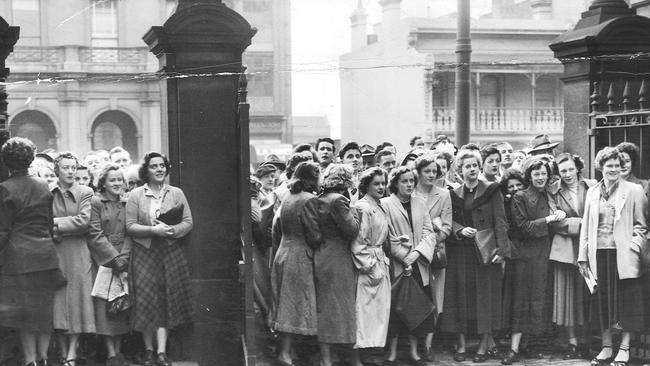
Haigh also throws doubt on the extraordinary deathbed admissions in 2012 of another man to Ms Williams’ murder.
“I got the feeling that that confession didn’t stand up,” Gideon says.
“You wanted to believe it, but when you looked at its underpinnings it was difficult to credit.
“And certainly when I spoke to that man’s family and got a feeling for his psychiatric case history, he didn’t seem like a particularly reliable narrator.”
After serving 14 years of his sentence, Kerr reinvented himself; changing his surname to Wallace, becoming a salesman for an industrial chemical company and marrying Denise Mahoney (now Duncan) in 1983.

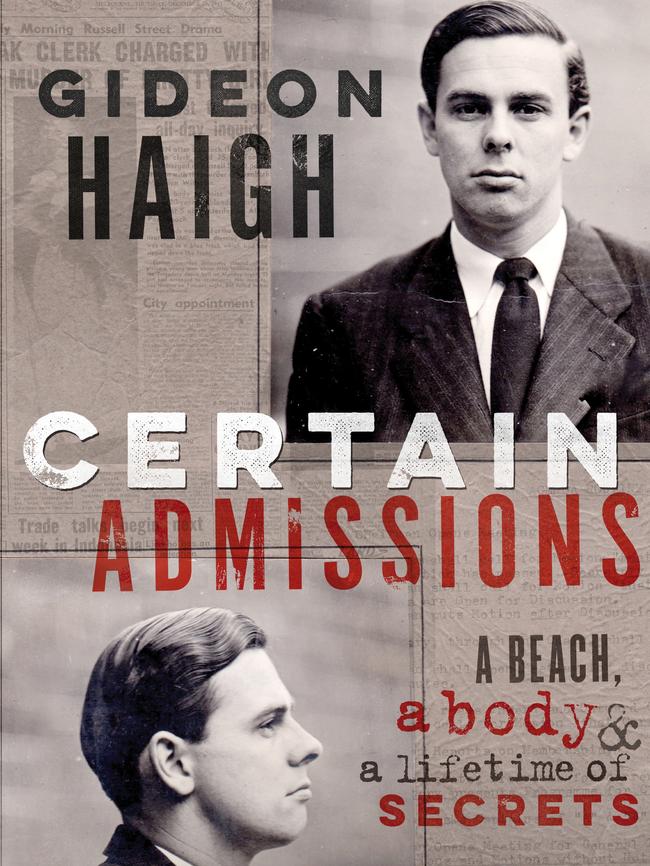
Gideon also tracked down Ms Duncan and Wallace’s daughter Kate Wallace, who didn’t learn about her father’s past until she was at primary school.
“One day she (Kate) came home from school with an assignment to do a family tree and she began asking questions about her father and her father’s side of the family,” Haigh says.
“And Denise hadn’t really prepared for this eventuality and sort of said, ‘well, there’s a few things you need to know.’ ”
Haigh says he first spoke to Kerr’s daughter from the Public Record Office.
“It was shortly after I’d looked at the minutes of the Executive Council that had commuted his sentence from death to 20 years. And I couldn’t get over the feeling while I was talking to her that but for that record that I looked at she (Kate) would not exist,” Haigh says.
Haigh says he fluctuated over the likelihood of Kerr’s guilt or innocence throughout the writing the book and many people who have read the book have said the same thing.
“This is a book about evidence, and how evidence is shifty and contingent and evasive and deceptive and reinforcing of our own prejudices,” Haigh says.

